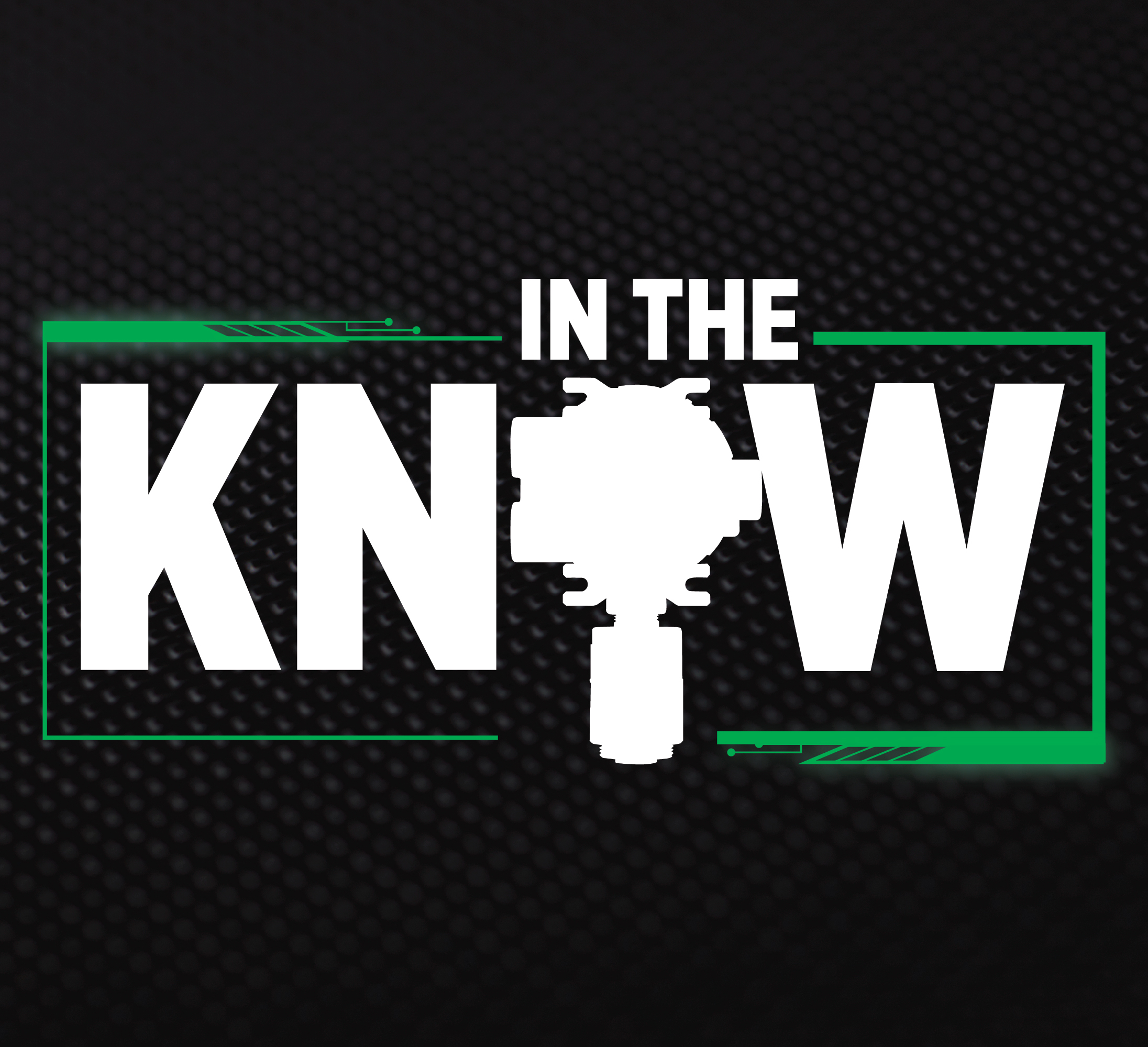In the Know
-
 Fixed Gas & Flame Detection
Fixed Gas & Flame Detection
Are you in the know when it comes to gas detection terminology and concepts? Check out our new feature for 2023 and stay in the know.
 Are you in the know when it comes to explosive limits? To produce a flame, a sufficient amount of gas or vapor must exist. But too much gas can displace the oxygen in an area and fail to support combustion. Because of this, there are limits at both low-end and high-end gas concentrations where combustion can occur. These limits are known as the Lower Explosive Limit (LEL) and the Upper Explosive Limit (UEL). They are also referred to as the Lower Flammability Limit (LFL) and the Upper Flammability Limit (UFL).
Are you in the know when it comes to explosive limits? To produce a flame, a sufficient amount of gas or vapor must exist. But too much gas can displace the oxygen in an area and fail to support combustion. Because of this, there are limits at both low-end and high-end gas concentrations where combustion can occur. These limits are known as the Lower Explosive Limit (LEL) and the Upper Explosive Limit (UEL). They are also referred to as the Lower Flammability Limit (LFL) and the Upper Flammability Limit (UFL).
To sustain combustion, the atmosphere must contain the correct mix of fuel and oxygen (air). The LEL indicates the lowest quantity of gas which must be present for combustion, and the UEL indicates the maximum quantity of gas. The actual LEL level for different gases may vary widely and is measured as a percent by volume in air.
LELs are typically 1.4% to 5% by volume. As temperature increases, less energy is required to ignite a fire, and the percent gas by volume required to reach 100% LEL decreases, increasing the hazard. An environment containing enriched oxygen levels raises the UEL of a gas, as well as its rate and intensity of propagation. Since mixtures of multiple gases add complexity, their exact LEL must be determined by testing.
Most combustible gas instruments measure in the LEL range and display gas readings as a percentage of the LEL. For example, a 50% LEL reading means the sampled gas mixture contains one-half of the amount of gas necessary to support combustion. Combustible Gas LELs and UELs can be found in NFPA 325.
Now you’re in the know. If you have any questions regarding explosive limits, please reach out to us. For more information on gas detection fundamentals, check out our Gas Detection Handbook.